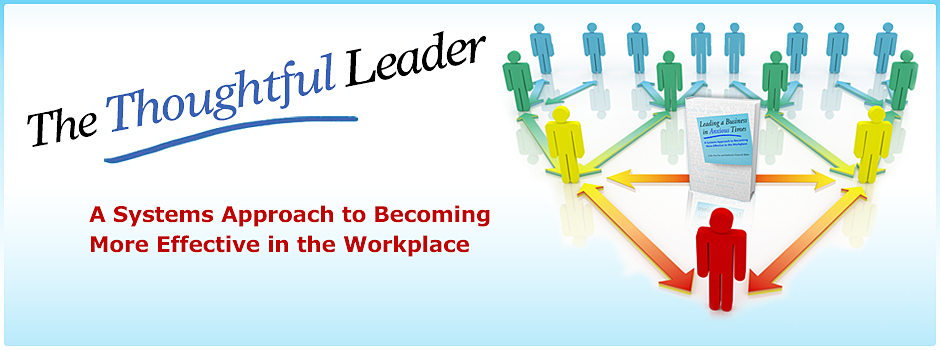I recently came across a brief article (Harvard Magazine, January-February 2012, pp. 11-12) that described some interesting research conducted by a Harvard professor of social sciences, Joshua Greene. Greene is a neuroscientist and uses brain-scanning technology to examine the interplay between emotions and reason, with a focus on how these two forces affect moral choices.
While reading about Greene’s work, I immediately thought of Murray Bowen’s concept of Differentiation of Self which describes variation in the ways people are guided by thinking and/or feeling in their close relationships, when under stress, when making decisions, and when faced with significant choices at home, at work, and in the wider world. According to Bowen, there is always a balance between thinking and feeling, but people for whom the thinking capacity predominates, usually function at a higher level than those for whom the feeling capacity predominates. In other words, Thinkers merit a higher score on Bowen’s Scale of Differentiation than Feelers.
Greene found that when he used functional magnetic resonance imaging (fMRI), he could track the locations of reasoning and emotions in the brain and the intensity of activity in those locations when a person is under stress or faced with a moral choice. “Deliberative reasoning, for instance, is housed in the prefrontal cortex, whereas the amygdala is considered the seat of the emotions. By monitoring blood flow to these areas, fMRI allows Greene and his colleges to observe” the interface between rationality and emotion.
What Greene found was that reason “cannot function independently of emotion, even in people who tend to be more rational decision-makers.” Reason “by itself doesn’t have any ends, or goals,” Greene says. “It can tell you what will happen if you do this or that, and whether or not A and B are consistent with each other. But it can’t make the decision for you.” Reason requires emotion to give energy and direction to decision-making. However, “even though emotions will probably always affect people’s decisions, Greene thinks their input can – and should – be minimized in certain scenarios… He says that our emotions are there for a reason and they do a lot of good, but they also get us into trouble…”
This research reaffirms Bowen’s hypothesis that thinking and feeling operate together to some extent. We need both thinking and feeling in order to make wise decisions and manage our relationships effectively, although the balance between the two will determine our maturity level and the wisdom of our choices. Greene, like Bowen, indicates that emotions are important, but shouldn’t be determinative in decision-making.
How does this knowledge play out in the workplace for you? How aware are you of the balance between thinking and feeling in your responses to colleagues or to stressful work situations? Can you consciously moderate the impact of your emotional reactivity on the clarity of your thinking? After you have done your best thinking about a problem, how do you harness the emotional energy that will help you implement a reasonable plan? I look forward to hearing your answers to these questions.
Katharine Gratwick Baker, PhD
Book's Home Page
Leadership Blogs
Subscribe to our Blog
Categories
© Copyright 2013 - The Thoughtful Leader
